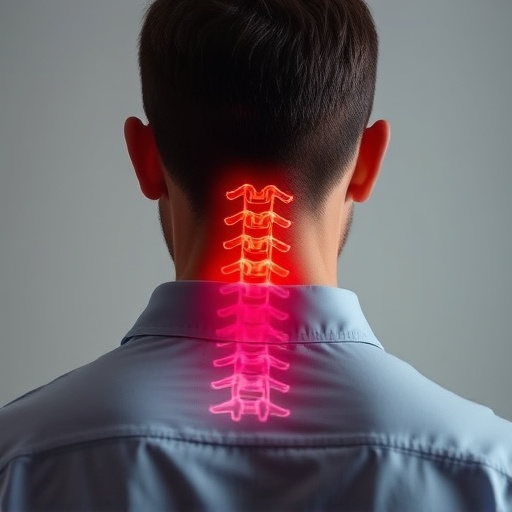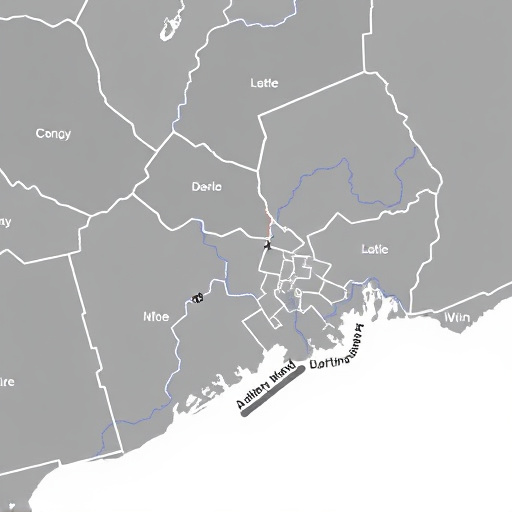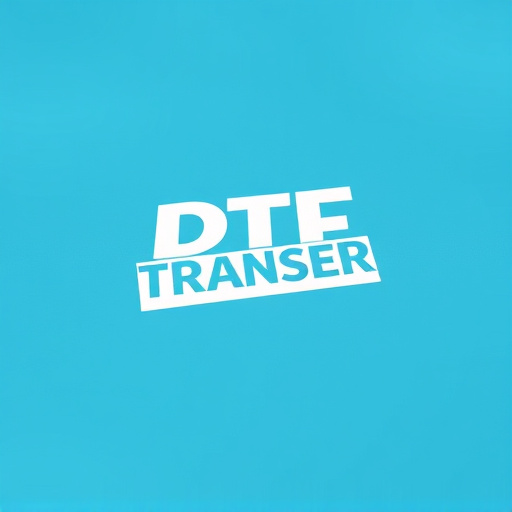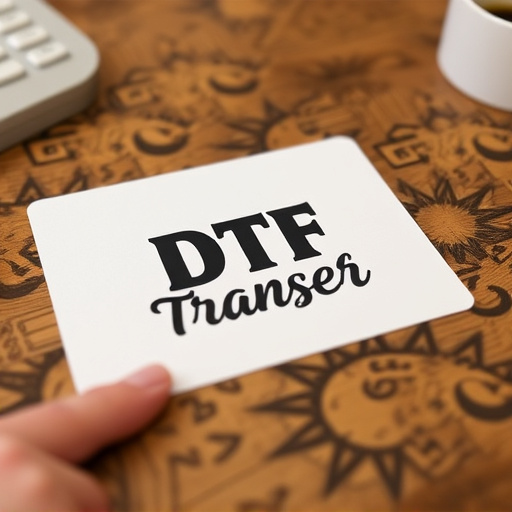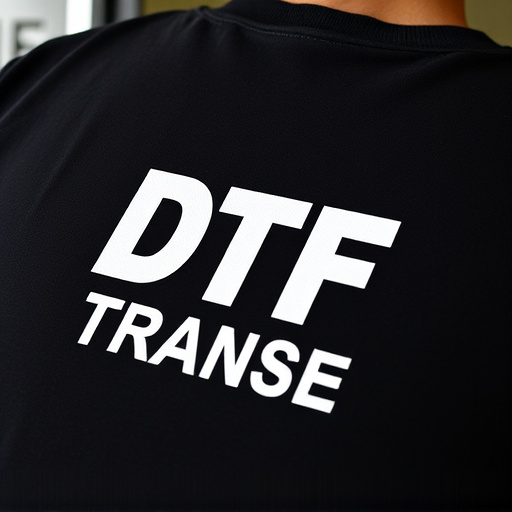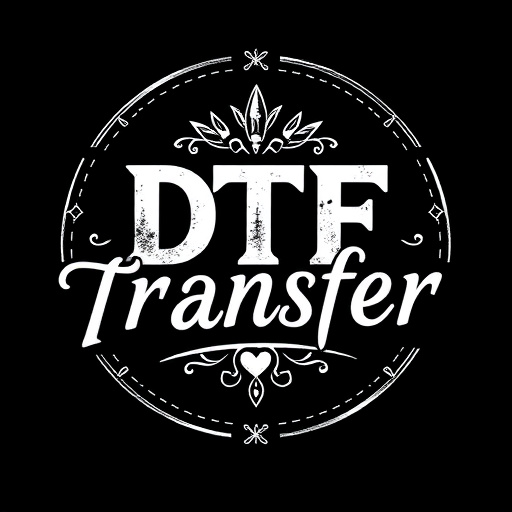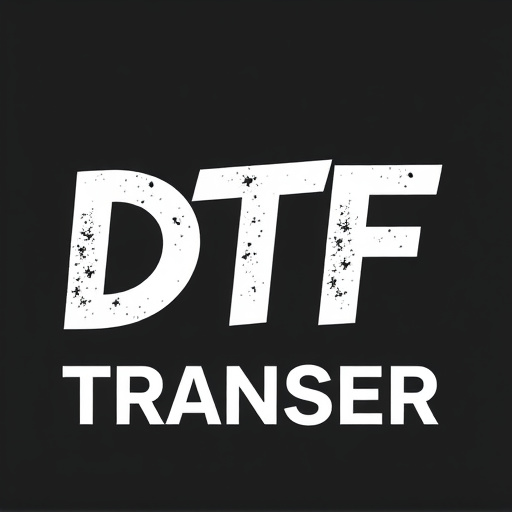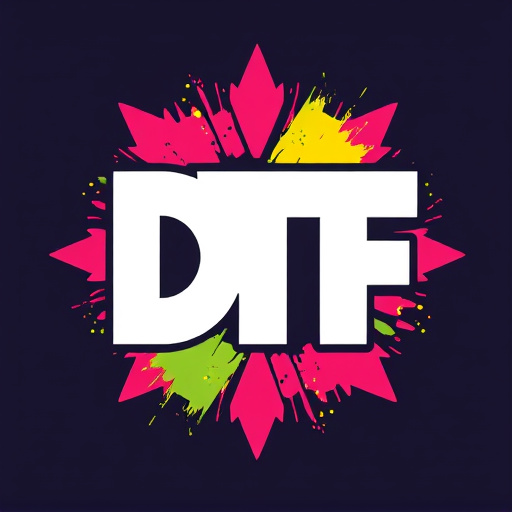Direct-To-Film (DTF) transfer technology is revolutionizing printing by enabling high-quality digital-to-physical conversion without intermediate screens or plates. Using specialized inkjet printers, DTF precisely applies designs to various substrates for vibrant colors and detailed prints. American-made DTF products offer superior quality, speed, reliability, and local economic benefits. The process begins with artists conceptualizing artwork, followed by printing on transparent film and transferring it to diverse surfaces. DTF is transforming industries from fashion to signage, with platforms like Printify, Gooten, and Printio providing cutting-edge services for small to large enterprises, ensuring swift turnaround times and exceptional print quality through rigorous QA processes. Future advancements promise even better image quality and streamlined production.
“Unleashing the Potential of American-Made DTF Transfer Technology: A Comprehensive Guide
In the realm of printing and design, Direct-To-Film (DTF) transfer has emerged as a revolutionary process. This article delves into the innovative world of DTF, exploring its technology, benefits, and diverse applications across industries. We uncover why choosing American-made products ensures quality and precision in DTF printing. From design to final prints, we’ll navigate the process and highlight leading providers shaping this dynamic market. Additionally, we’ll discuss quality assurance and emerging trends, providing a comprehensive overview of DTF transfer’s impact.”
- Understanding Direct-To-Film (DTF) Transfer Technology
- Benefits of Choosing American-Made DTF Transfer Products
- The Process: From Design to Final DTF Prints
- Applications and Industries Utilizing DTF Transfer
- Leading Providers and Their Offerings in the USA
- Quality Assurance and Future Trends in DTF Printing
Understanding Direct-To-Film (DTF) Transfer Technology
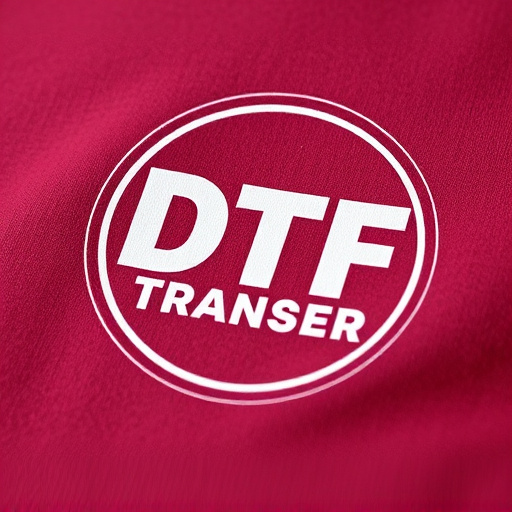
Direct-To-Film (DTF) transfer technology has revolutionized the way we create and reproduce prints, offering a seamless digital-to-physical conversion process. This cutting-edge method allows for high-quality imaging directly onto various substrates, such as t-shirts, mugs, and other merchandise, without the need for intermediate screens or plates. DTF printing is an inkjet-based process that uses specialized printers to apply designs with precision, ensuring vibrant colors and detailed prints.
The beauty of DTF Transfer lies in its versatility and efficiency. It enables businesses and artists to effortlessly transform digital artwork into tangible products. With quick turnaround times and the ability to print on demand, DTF has become a game-changer for custom printing services. Whether it’s creating unique t-shirt designs or personalizing promotional items, DTF technology provides an innovative, cost-effective solution, catering to both small businesses and large-scale operations.
Benefits of Choosing American-Made DTF Transfer Products
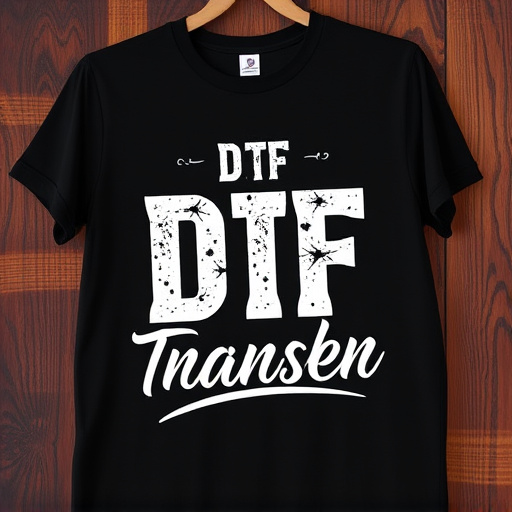
Choosing American-made direct-to-film (DTF) transfer products offers numerous advantages for businesses and individuals seeking high-quality printing solutions. One of the key benefits is the assurance of superior craftsmanship and precision. American manufacturers adhere to strict quality control standards, ensuring that each DTF transfer product meets or exceeds industry benchmarks. This results in vibrant, long-lasting prints that deliver exceptional visual appeal, making them ideal for a wide range of applications, from merchandising to promotional items.
Additionally, opting for American-made DTF products supports domestic manufacturing and contributes to a stronger local economy. By sourcing these items domestically, businesses can benefit from faster delivery times and more reliable supply chains, minimizing disruptions in their production processes. Moreover, American manufacturers often provide excellent customer support and technical expertise, offering guidance on product selection, printing techniques, and troubleshooting, which is invaluable for maximizing the potential of DTF Printing technology.
The Process: From Design to Final DTF Prints
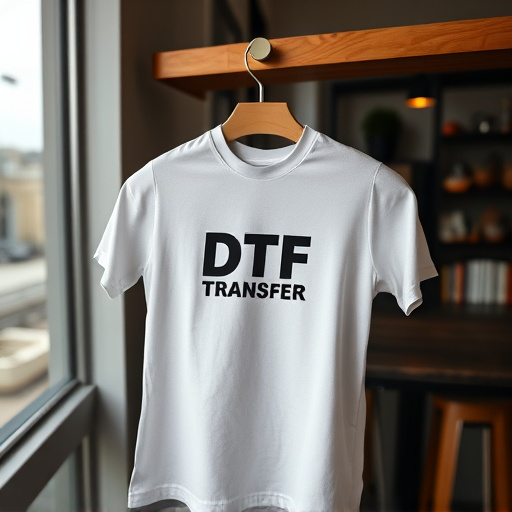
The journey of creating American-made direct-to-film (DTF) transfer products begins with a unique design process. Artists and graphic designers conceptualize their artwork, whether it’s a vibrant illustration, a retro logo, or a modern pattern, using digital tools. This initial phase involves intricate detail work and precise color accuracy to ensure the final product meets expectations. Once the design is finalized, it’s prepared for printing in a specialized format suitable for DTF transfer.
The printing process itself is an art, where high-quality printers lay down ink onto a transparent film, layer by layer, creating the intricate patterns and designs. This film acts as a negative mask, allowing specific areas to be exposed or blocked during the subsequent transfer phase. After printing, the DTF films are carefully inspected for any defects or misalignments. Once quality control is passed, these films are ready to be applied to various surfaces, from fabric to wood, metal, or even glass, creating long-lasting, high-resolution prints.
Applications and Industries Utilizing DTF Transfer

Direct-to-film (DTF) transfer technology has found its way into a diverse range of industries and applications, revolutionizing how businesses create and produce custom prints and designs. From clothing and accessories to promotional items and signage, DTF Printing offers an efficient and versatile solution for creating high-quality, personalized products at scale.
One of the key advantages of DTF Transfer is its ability to print on a variety of materials, including fabric, wood, metal, and plastic. In the fashion industry, it enables small businesses and designers to create unique, limited-edition garments with intricate designs and patterns. Promotional product companies use DTF to personalize items like tote bags, t-shirts, and keychains for events, campaigns, and corporate branding. Furthermore, sign makers and display manufacturers benefit from DTF’s precision and speed in producing custom signage, banners, and trade show displays. The versatility of DTF Printing allows businesses to adapt quickly to changing trends and demands, ensuring they remain competitive in their respective markets.
Leading Providers and Their Offerings in the USA
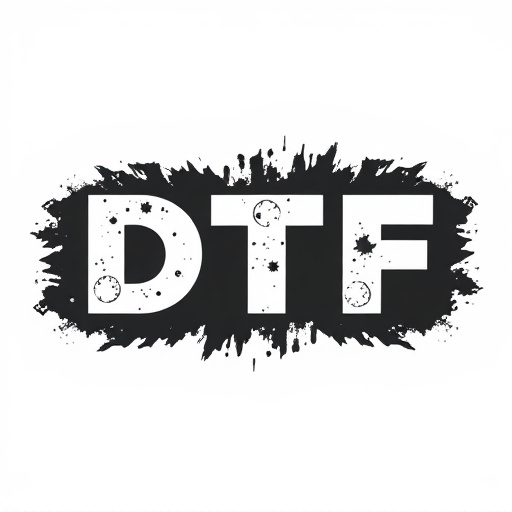
In the United States, several leading providers are at the forefront of offering cutting-edge DTF (Direct-to-Film) transfer products and services. These companies cater to a diverse range of clients, from small businesses to large enterprises, specializing in high-quality DTF printing solutions. Top contenders like Printify, Gooten, and Printio have established themselves by providing user-friendly platforms that enable customers to design and order custom DTF prints with ease.
With state-of-the-art technology and a focus on innovation, these providers offer an extensive array of options, including various material types, finish options, and printing techniques. Whether it’s for apparel, home decor, or promotional items, DTF transfer services have revolutionized the way businesses create and deliver personalized products. Customers can expect fast turnaround times, competitive pricing, and exceptional print quality, ensuring their designs come to life on a variety of media with impeccable detail and vibrancy.
Quality Assurance and Future Trends in DTF Printing
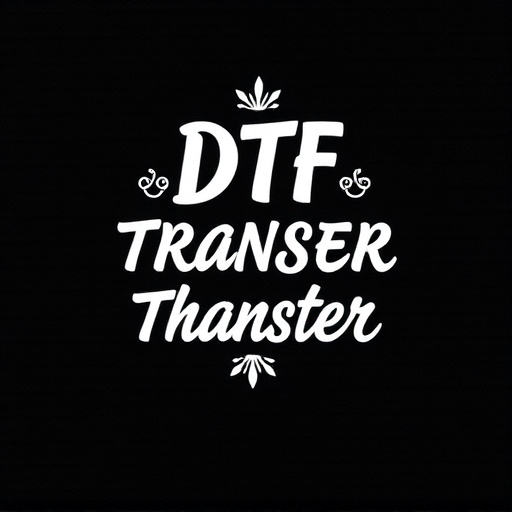
The quality of DTF (Direct-to-Film) transfer products and services is a key aspect that sets them apart in the market. To ensure superior results, many providers implement rigorous Quality Assurance (QA) processes throughout the production chain. This includes meticulous material scrutiny, precise printing calibrations, and thorough testing to maintain color accuracy, resolution, and overall print quality. By adhering to these standards, DTF transfer services can produce vibrant, long-lasting prints that meet or exceed client expectations.
Looking ahead, the future of DTF printing promises exciting innovations. Advancements in ink technology, printhead capabilities, and digital presses are expected to enhance image quality even further, enabling the creation of more detailed and nuanced DTFs. Additionally, integration of automation and AI could streamline production processes, making DTF services more efficient, cost-effective, and accessible for a broader range of applications, from small businesses to large enterprises.



